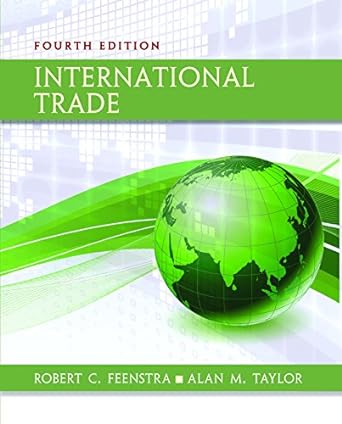Figure 11-2 shows the tariff game between Home and Foreign, both large countries. a. Redraw the payoff
Question:
Figure 11-2 shows the tariff game between Home and Foreign, both large countries.
a. Redraw the payoff matrix for a game between a large and small country.
b. What is/are the Nash equilibrium/equilibria, assuming that the large country applies an optimal tariff?
c. What does your answer to
(b) tell you about the role of the WTO in a situation like this?
Consider the following variation of Table 11-1 for the U.S. semiconductor market:
U.S. Tariff 0% 8% 16%
From Canada, before NAFTA $45 $W $52.2 From Asia, before NAFTA $40 $X $Y From Canada, after NAFTA $43 $Z $Z From Asia, after NAFTA $40 $X $Y From the United States $46 $46 $46
a. Fill in the values for W, X, Y, and Z.
b. Suppose that before NAFTA, the United States had a 16% tariff on imported semiconductors. Which country supplied the U.S. market? Is it the lowest-cost producer?
c. After NAFTA, who supplies the U.S. market? Has either trade creation or diversion occurred because of NAFTA? Explain.
d. Now suppose that before NAFTA, the United States had an 8% tariff on imported semiconductors. Then repeat parts
(b) and (c).
e. In addition to the assumptions made in (d), consider the effect of an increase in high-technology investment in Canada due to NAFTA, allowing Canadian firms to develop better technology. As a result, three years after the initiation of NAFTA, Canadian firms can begin to sell their products to the United States for $40. What happens to the U.S. trade pattern three years after NAFTA? Has either trade creation or diversion occurred because of NAFTA? Explain. LO.1
Step by Step Answer:






